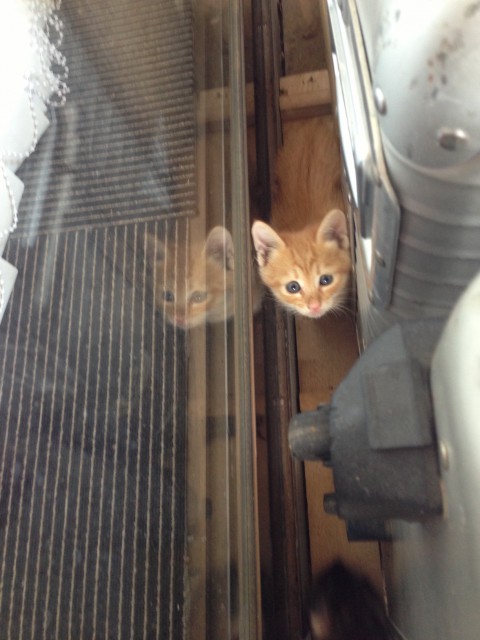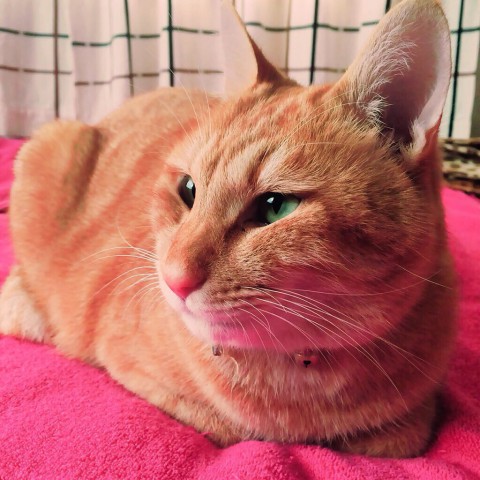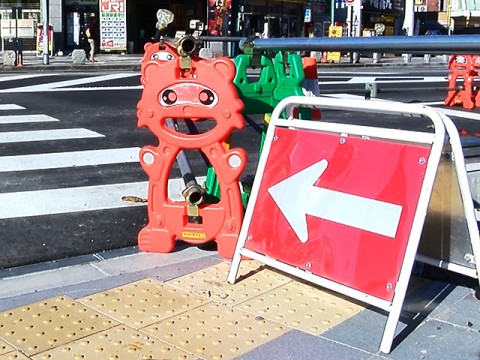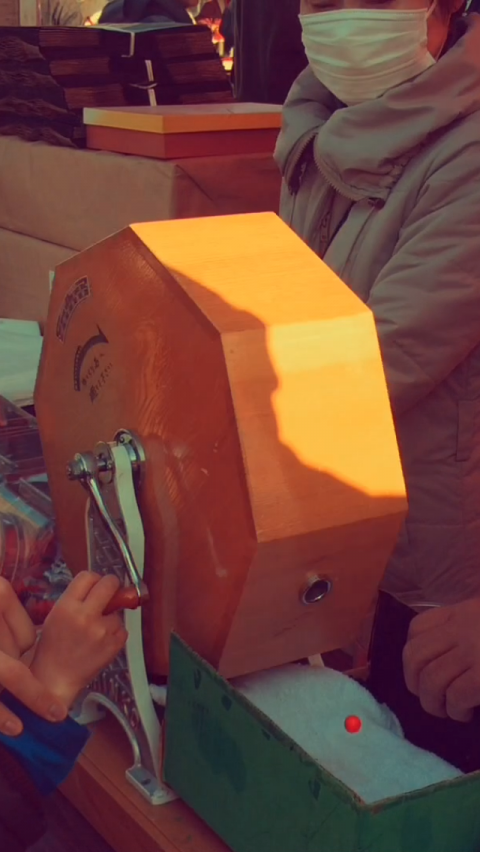Valentine's Day in Japan
2016.02.14
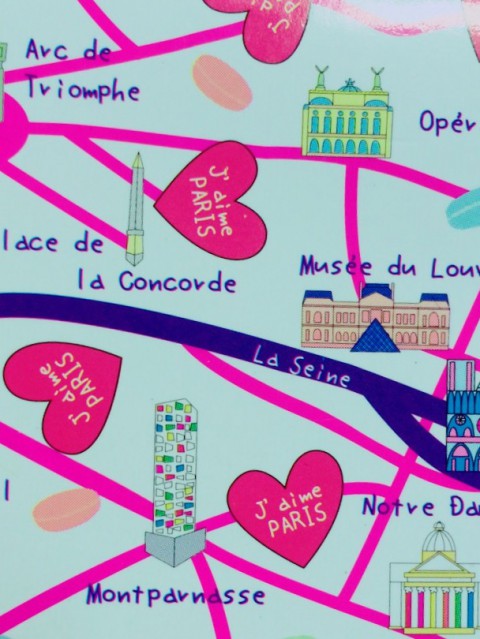
On February 14th, in western cultures, men give gifts to their love ones.
It is different in Japan. Women give chocolates to their love ones.
The chocolates for one’s true love (one’s boyfriend / husband / crush) are called “Honmei Choco”.
And there are “Giri-choco” (obligation chocolate) and “Tomo-choco” (friendship chocolate).
On March 14th, “White day”, ones who received chocolates, they give return gifts such as marshmallow and or anything nice.
Do you know how these “Valentine Chocolate” and “White day” started in Japan?
Why do we give each other chocolates?
There are several theories. I’d like to introduce one of them.
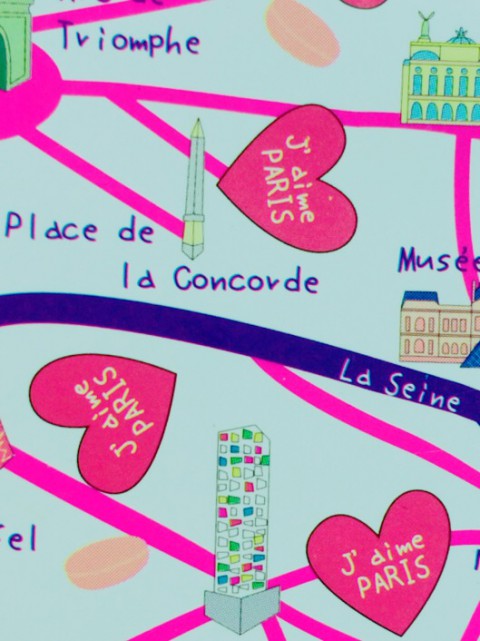
February 12th, 1936,
an advertisement of Morozoff Ltd. in Kobe City, Japan said that “Give chocolates on February 14th” in the English-language newspapers which used to be published in Tokyo.
This is the beginning of giving each other chocolates in Japan.
In 1992, because of the advertisement of Morozoff Ltd, a love of statue was given to Kobe City by Terni in Italy.
In 1958, at Isetan Department Main Store in Shinjuku in Japan, “Mary Chocolate” had the first valentine’s sale in Japanese shopping malls.
However, they could not sell much, they sold only 5 bars of 30 yen chocolates and 5 pieces of 4 yen cards.
In 1960, Morinaga & Co., Ltd. in Japan promoted the sales of chocolates through advertisement and media.
In 1965, Isetan department store had a valentine's fair.
In 1968, Sony Plaza had a valentine fair. In 60s, the chocolates were not given as the main gifts, they were still something extra to give.
In 1970, among elementary, junior high and high school girls, giving chocolate to boys became common.
In 1977, a Japanese confectioner in Fukuoka Prefecture, Ishimuramanseido Co.,Ltd started the “Marshmallow Day” to promote marshmallows as return gifts for the valentine's gifts.
In 1979, other confectioners started calling it “White Day” and it started to become common in Japan.
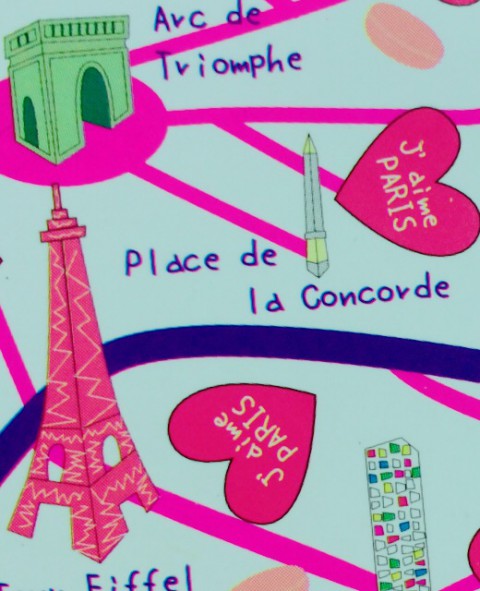
This is the history of Valentine's Day in Japan.
It is always nice to give and or receive gifts.
Did you give anything to someone special on Valentine's Day?
T.F


